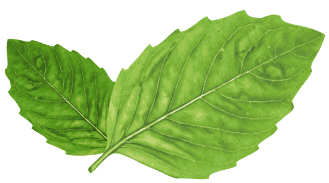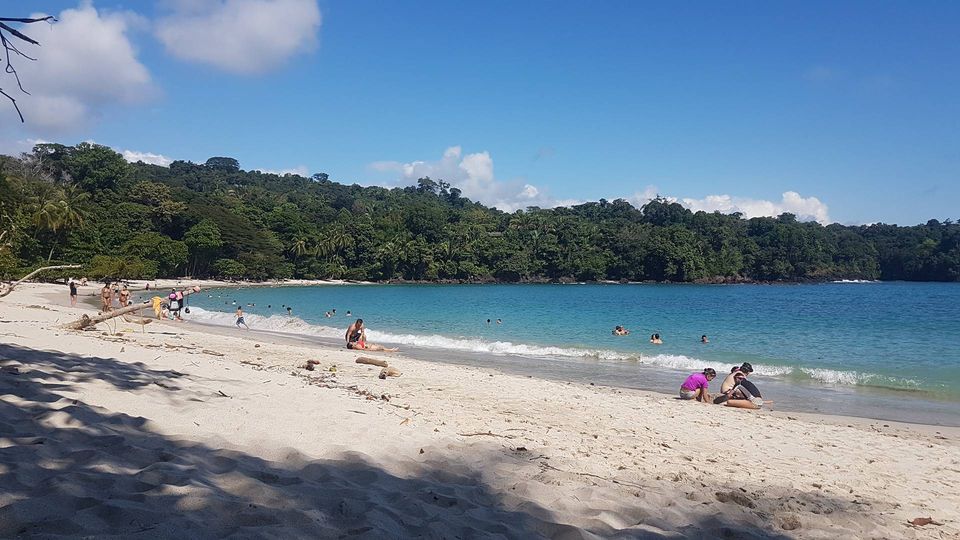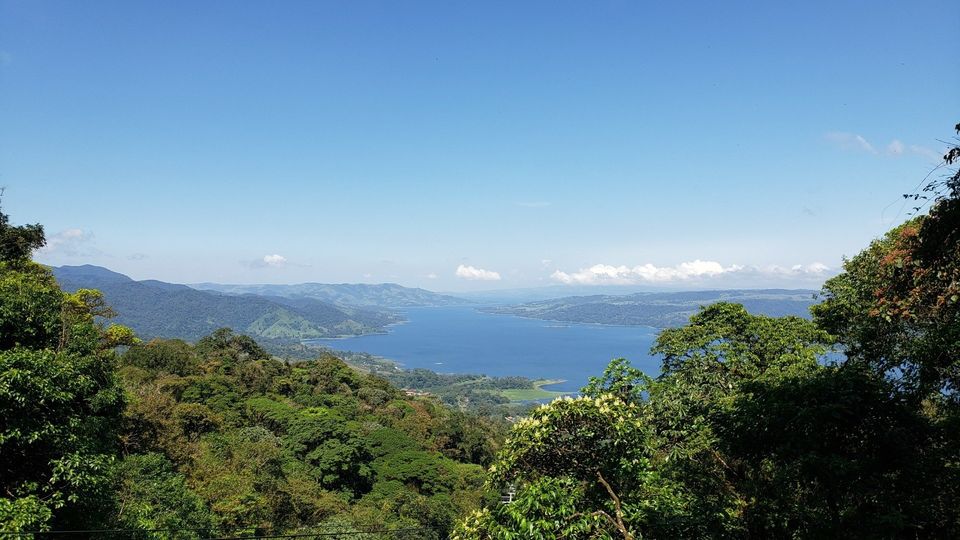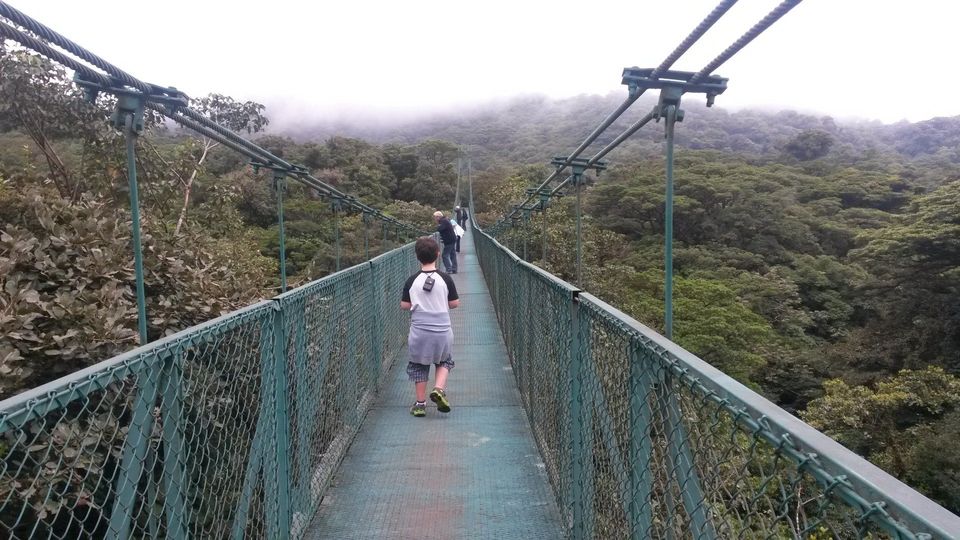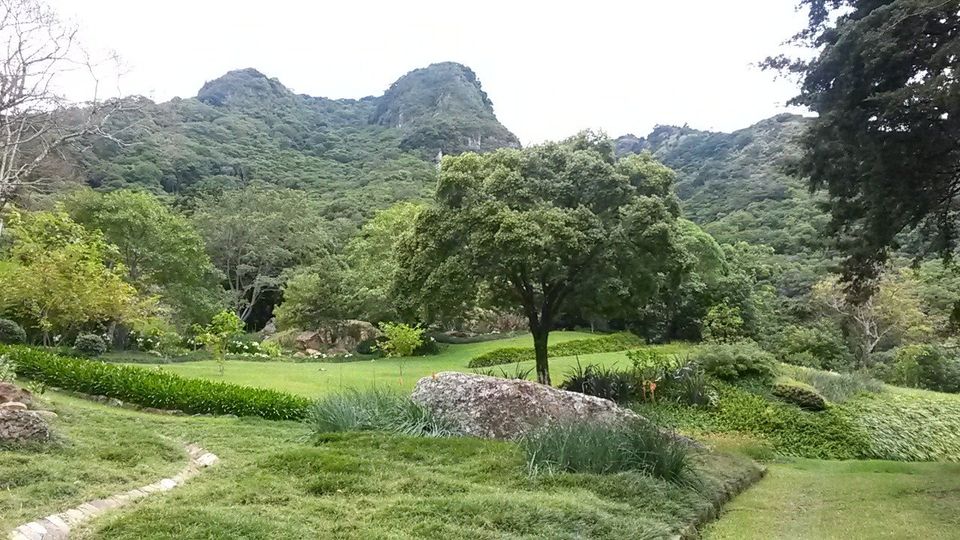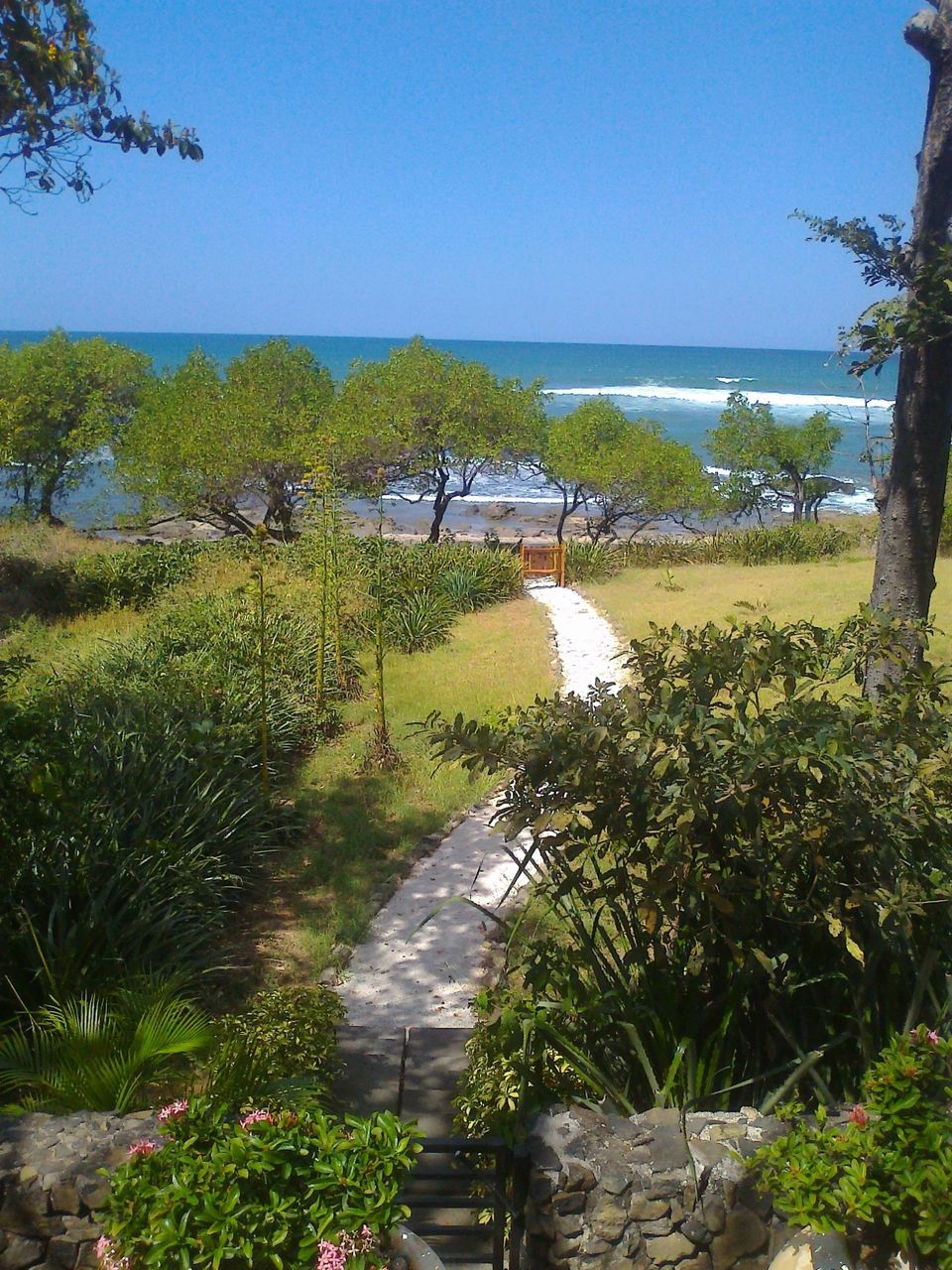Diseño del blog
When is the BEST TIME to travel to Costa Rica?
Apr 29, 2020
"“ALWAYS and YEAR ROUND is the best time to travel to Costa Rica”"
When is the BEST TIME to travel to Costa Rica?
This question is probably the one I get the most when I receive emails or phone calls from travelers that want to visit our country.
Even though my answer is always quite simple: “ALWAYS and YEAR ROUND is the best time to travel to Costa Rica”, there are for sure some differences that you may want to consider when making this decision.
Besides the obvious for you - when do you get vacation from school or from your work? - there is some important information that you may want to look into.
In terms of weather: Costa Rica has 2 seasons: the rainy season (or green season) and less-rainy-season (also called the dry season!). Pun intended!
Our “dry” months go from December to April, and the rainy season starts in May and goes up to November. A “normal” month of May has thunderstorms and heavy rain on some days, but still some dry days as well. Then, after June you will have sunny mornings to explore the forests and lounge on the beach, and regular showers in the afternoon starting around noon up to 8:00p.m.
During the months of August, September and October you may expect non-stop rain even for days, but also lots of sunshine in the mornings most of the time.
Curious fact: it will rain much less on the Caribbean Coast during these months (Aug-Oct).
Another important fact: rain is not a synonym to cold temperature. On the contrary, it may be even much warmer when the rainy season starts.
Temperature depends on height in Costa Rica, so it will always be colder up in the mountains, and warmer the closer you get to the coasts.
If you decide to travel between December and January, make sure to bring a sweater, since it is freezing (well, freezing for us, of course… Temperature in the capital San José may drop to 16 degrees Celsius at night / 61 Fahrenheit).
If you travel during the rainy season, a light raincoat will be much more helpful than a sweater. The humidity may also make the temperature rise. Do not bring an umbrella, you will need your hands to hold your camera while walking in the forest! Most hotels will provide umbrellas to be used on their property to get to the restaurant and other public areas, but it will definitely not be useful when you are on tour.
Adding to the weather, please note that road conditions may also vary depending on the seasons, and this will be especially important if you are planning to rent a car. Renting a 4x4 during the rainy season is almost mandatory, and if you are not used to driving during a tropical rain, you should practice extreme care.
Truth is… it is a tropical country, and it may rain non-stop for days during the dry season and it may be very dry for weeks during the rainy season.
Clue is: just be prepared.
Also very important: the rainforest has its name for a reason, no matter the season!
"...it will always be colder up in the mountains, and warmer the closer you get to the coasts."
Now you already know about the weather conditions, but there are other important things to know and consider for your trip to be a success.
In terms of pricing, Costa Rica is divided into 3 main seasons. If you are traveling on a budget, this is the most important issue:
High Season: from December to April, some hotels will also include July and August.
Low Season: from May to November.
Peak Season: Christmas and New Year (2 weeks) and again over Easter Week.
Important tip: if you decide to travel during the high season, we recommend making all reservations (hotels, rent a car, tours) very early, February and March are usually sold out a year in advance, so if you are looking for a certain hotel category or even a very specific hotel then make sure to plan ahead!
In terms of attractions: if you are planning to see the turtle nesting in Tortuguero (North Caribbean Coast), you have to travel between July and October. This is also the perfect time to see the whales on the South Pacific Coast.
If you are planning to see the Baulas turtle nesting (biggest sea turtle on earth), then you have to come between December and February.
I could go on and on and on with this list, since there are best times to see a certain kind of bird, best times for snorkeling, best times for diving (depending on which fish you want to see), best times for surfing, best times for sport fishing, and more...
As you see, it really depends, so make sure to inform yourself beforehand and of course Tropical Pass
will be glad to help you with this.
In terms of touristy and non touristy places: of course, the most touristy places in Costa Rica will be more crowded during the high season, so if you like to meet a lot of people and make friends from around the world, then the high season is best for you. If you do not feel very comfortable when surrounded by many persons and prefer to see a lot less tourists then choose the low season.
In terms of openings: very few hotels may close during the low season, and if so, they may only close for a couple of weeks for renovations, but it is not the norm. All attractions stay open and will function as normal. Some attractions and transfer services sometimes require a minimum of 2 persons, in those cases a single traveler will profit from this during the high season when minimums are normally met on all schedules.
What else is there to say? Costa Rica has something special to offer for everybody in any season! Just wear the appropriate clothes and shoes and you are ready to discover all the charms of this country - no matter the weather!
If you have any questions regarding the best time to visit Costa Rica, considering your preferences, budget, travel companions, length of your trip and more, please do not hesitate to contact us.

12 May, 2020
La Carreta - The Typical Oxcart of Costa Rica Have you seen the colorful oxcarts in Costa Rica? Yes, they are painted exquisitely, and yes, you can take them home as a souvenir in any size (for decoration, a dry bar, storage and more), BUT it is important that you know that the oxcart is STILL being used in Costa Rica by our “boyeros” to work on the fields and transport their harvests. Let me tell you a bit more. Where does it come from, when did they start to use it and why?
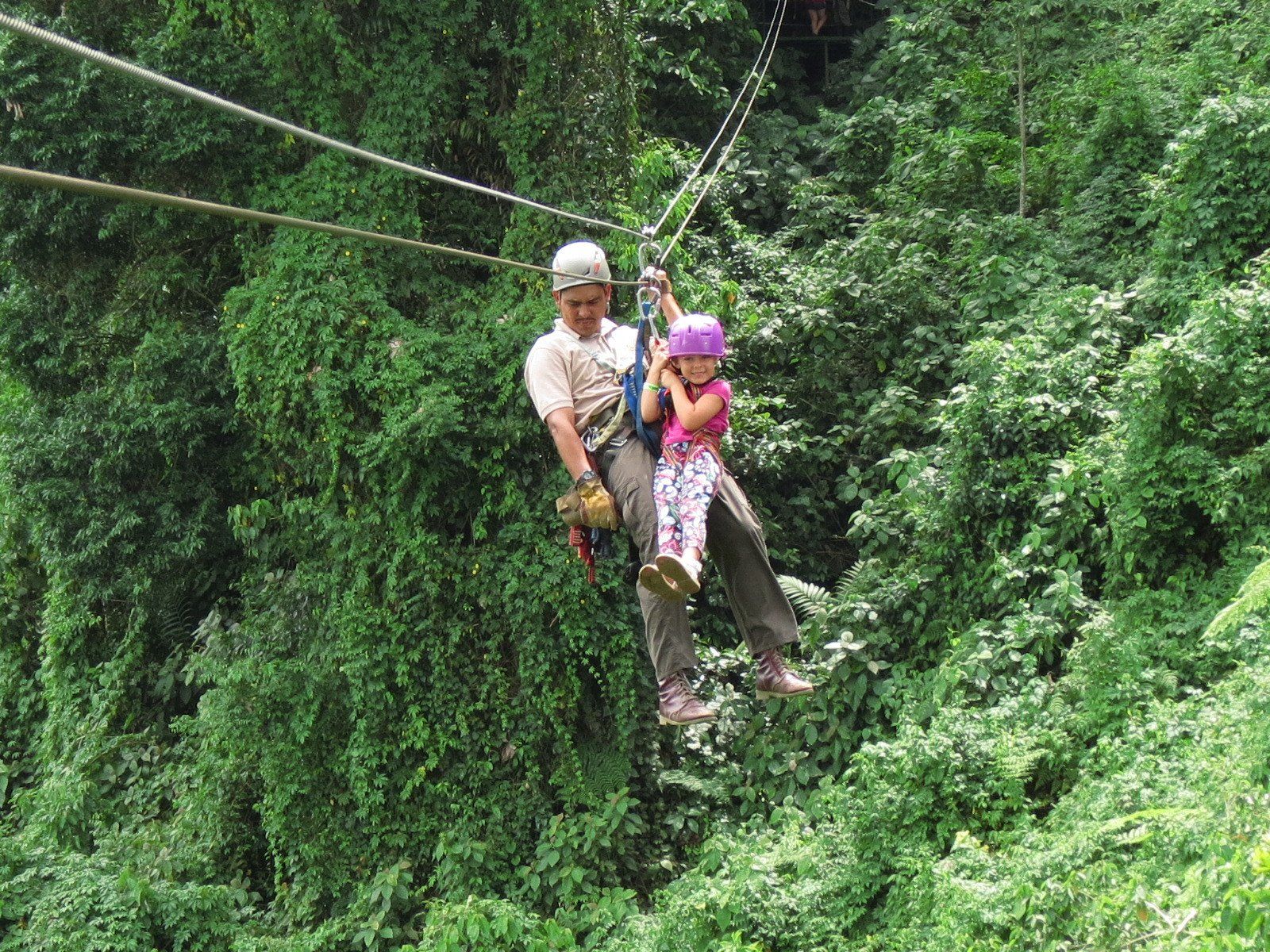
07 May, 2020
The best Ziplines in Costa Rica – ADVENTURE TRAVEL Ever dreamed of flying like a bird over broad rainforest canyons? Seeing the trees from above, while the fresh air breezes through your face? This is possible in Costa Rica while enjoying the best ziplines in our country! But...is there really one best zipline? Well, if you ask me, it all depends. You will find different options at different places. There are some for beginners and the less adventurous that still want to experience this amazing thrill. And there are some for the most audacious for whom “fear” is not in their vocabulary. These last ones are my absolute heroes – but I consider myself more like an in-between person. I do enjoy the feeling of butterflies in my stomach while still being able to look 100m below and imagining I am a bird – not a dove but more like a free eagle in search of freedom…

22 Apr, 2020
In and Around the Office of Tropical Pass In my previous Blog “ Manatees in Costa Rica ” I briefly mentioned that Costa Rica holds 6% of the world's biodiversity. If you think about the size of this country, only 51.000 m², that 6% sounds really amazing! Imagine: Costa Rica is smaller than West Virginia in the USA… or just a bit bigger than Niedersachsen in Germany but we are considered to possess the highest density of biodiversity of any country worldwide ! We have four percent of species estimated to exist on the planet and hundreds of these are endemic to Costa Rica.
